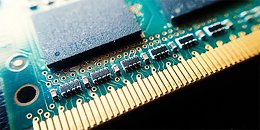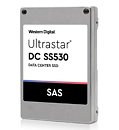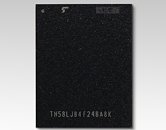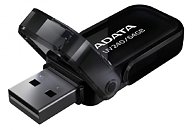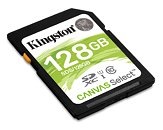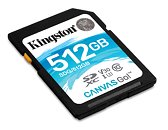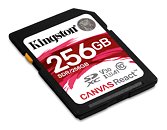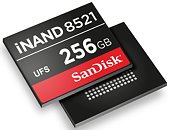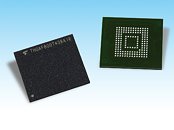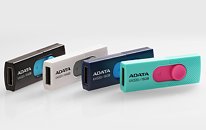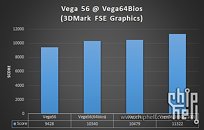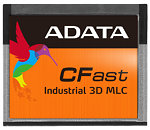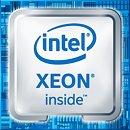
Patched NVFlash Allows RTX 20-series FE Cards to be Flashed with Custom BIOS
BIOS modder Vipeax has released a special patched version of NVFlash (version 5.527.0), the utility that allows you to extract and flash the video BIOS of your NVIDIA GeForce graphics card. This special version lets you to bypass NVIDIA restrictions and flash GeForce RTX 20-series Founders Edition (FE) graphics cards with BIOS ROMs of custom-design graphics cards. The official versions of NVFlash that support "Turing" GPUs report a "board ID mismatch" error when trying to do this, and an additional CLI parameter that made it ignore this warning, was removed by NVIDIA, effectively walling off Founders Edition cards from BIOS cross-flashing. You still can't flash the card with a BIOS you modified, because of NVIDIA's digital-signature restriction that has been in place since "Pascal," however, this new change could come handy if you want to flash your FE card with the BIOS of a custom-design card that is largely based on NVIDIA's reference-design PCB.
PC enthusiasts look to flash their Founders Edition cards with BIOS ROMs of custom-design graphics cards by other NVIDIA add-in card partners, mainly to increase power limits that allow the GPU to sustain boost frequencies better, and increase overclocking headroom. As an obligatory word of caution, use of NVFlash isn't covered by product warranties, and you use it at your own risk, especially when cross-flashing between cards that might have subtle differences. We manually checked the modified executable (not just Virustotal) and it doesn't contain any malware.DOWNLOAD: NVIDIA NVFlash with Board ID Mismatch Disabled
PC enthusiasts look to flash their Founders Edition cards with BIOS ROMs of custom-design graphics cards by other NVIDIA add-in card partners, mainly to increase power limits that allow the GPU to sustain boost frequencies better, and increase overclocking headroom. As an obligatory word of caution, use of NVFlash isn't covered by product warranties, and you use it at your own risk, especially when cross-flashing between cards that might have subtle differences. We manually checked the modified executable (not just Virustotal) and it doesn't contain any malware.DOWNLOAD: NVIDIA NVFlash with Board ID Mismatch Disabled




